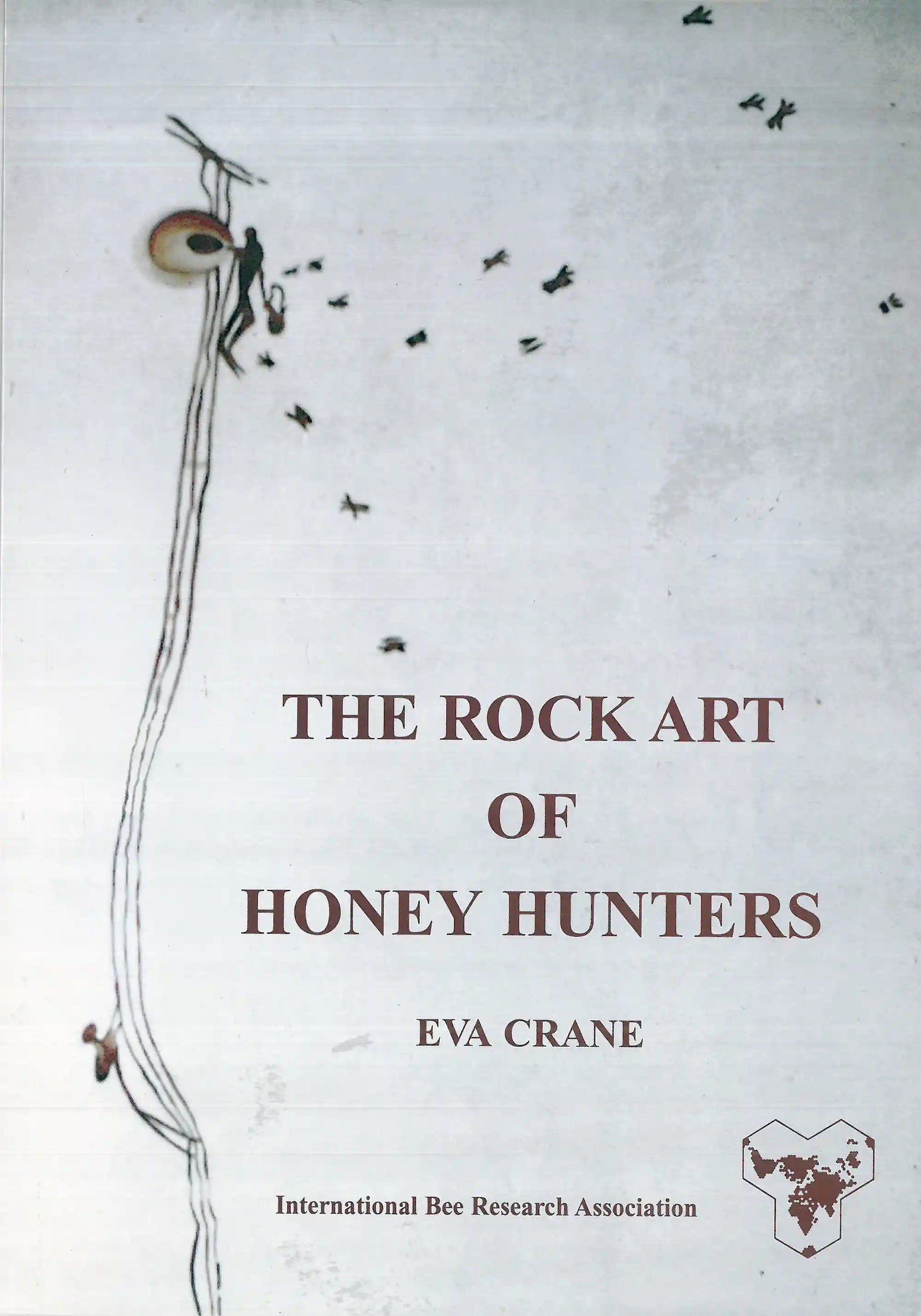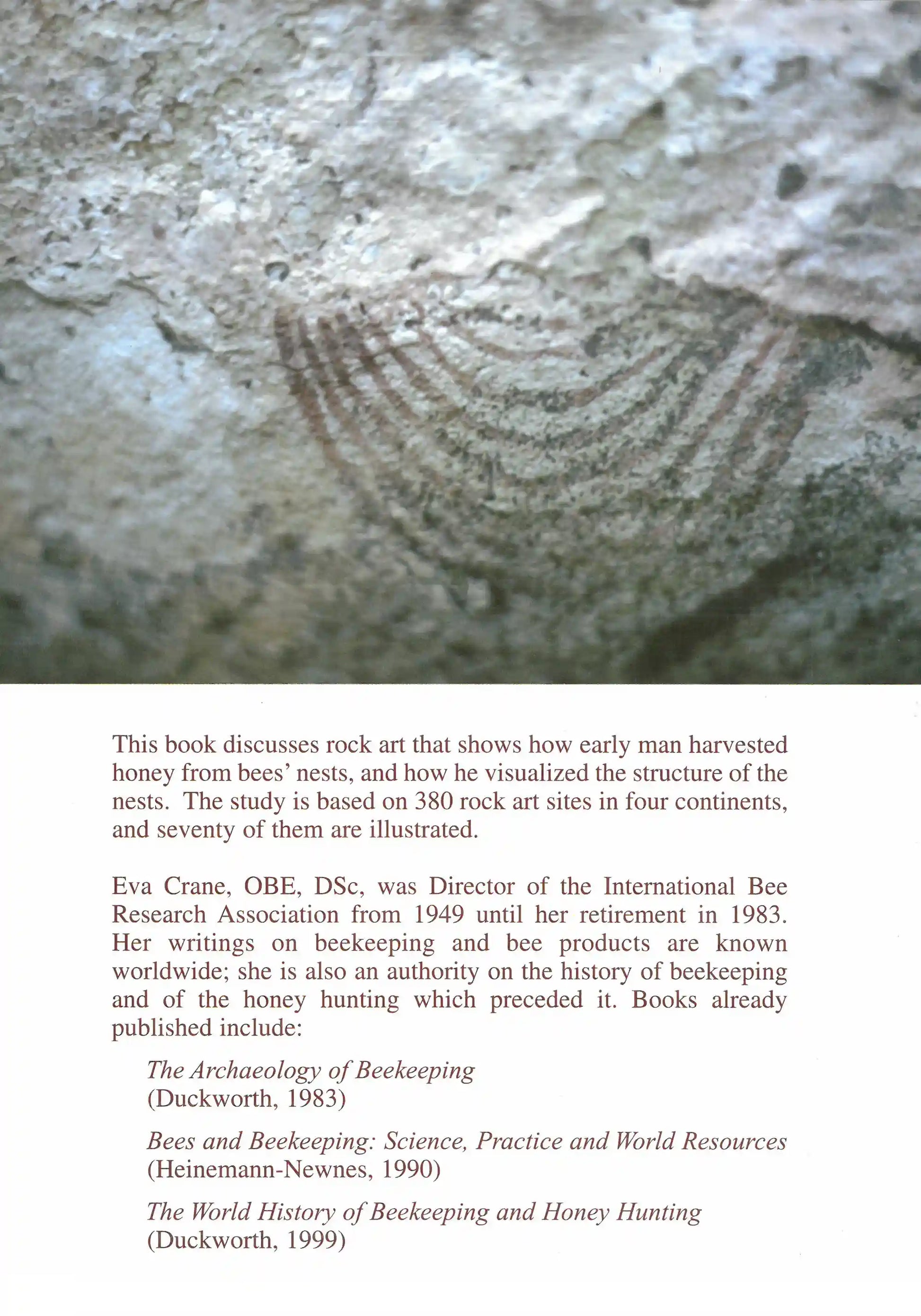Access Denied
IMPORTANT! If you’re a store owner, please make sure you have Customer accounts enabled in your Store Admin, as you have customer based locks set up with EasyLockdown app. Enable Customer Accounts
The Rock art of Honey Hunters by Eva Crane
192,00 kr


The Rock art of Honey Hunters
192,00 kr
This book discusses rock art that shows how early man harvested honey from bees' nests, and how he visualized the structure of the nests. The study is based on 380 rock art sites in four continents, and seventy of them are illustrated.
Eva Crane, OBE, DSc, was Director of the International Bee Research Association from 1949 until her retirement in 1983. Her writings on beekeeping and bee products are known worldwide; she was also an authority on the history of beekeeping and of the honey hunting which preceded it.
VIEW Contents
- Preface
- The World's Honey-storing Bees
- Honey-storing bees and their nests
- Man's use of bees' nests
- Subjects explored in this book
- Tropical Asia: Honey collection from nests built in the open
- The giant honey bee Apis dorsata
- Other honey bees
- Numerical summary
- Temperate-zone Europe: Honey collection from nests built in a cavity
- North Africa: The depiction of bees' combs
- Africa south of the Sahara: Honey collection from nests built in a cavity
- North of the Zambezi
- South of the Zambezi
- Africa south of the Sahara: The depiction of bees' combs and bees
- Catenary patterns
- Formlings
- Observations on nests of live honey bees
- Bees in flight
- Australia: Honey from cavity nests of stingless bees
- The Symbolism of Bees and Bees' Nests to Honey Hunters
- Regional characteristics
- Southern Africa: Eland and other mammals in relation to honey, bees and bees' nests
- Southern Africa: Paintings of people dancing in relation to bees
- Southern Africa: Formlings in relation to the symbolism of bees' nests
- Honey Hunting Shown in Rock art in Relation to Honey Hunting in the 1900s
- World distribution
- Hunting bees' nests built in the open
- Finding and reaching the nests
- Harvesting honey combs
- Hunting bees' nests built in a cavity
- Finding and reaching the nests
- Harvesting honey combs
- Honey containers
- Sources of honey
- Social aspects
- Number of people involved
- Gender
- Protection against stinging
- Aspects not shown in rock art
- General Characteristics of Bee-related Rock Art
- Bee-related rock art in relation to other rock art
- Period when bee-related rock art was done
- How bees and their nests were depicted
- Human activities depicted
- Bee-related activities of mammals and birds
- Hives, Hive Beekeeping and Bees Depicted on cut Hives, Hive Beekeeping and Bees Depicted on Cut
- Appendix. Rock art sites listed in the Register
- References
- Index
Unavailable
Invalid password
Enter